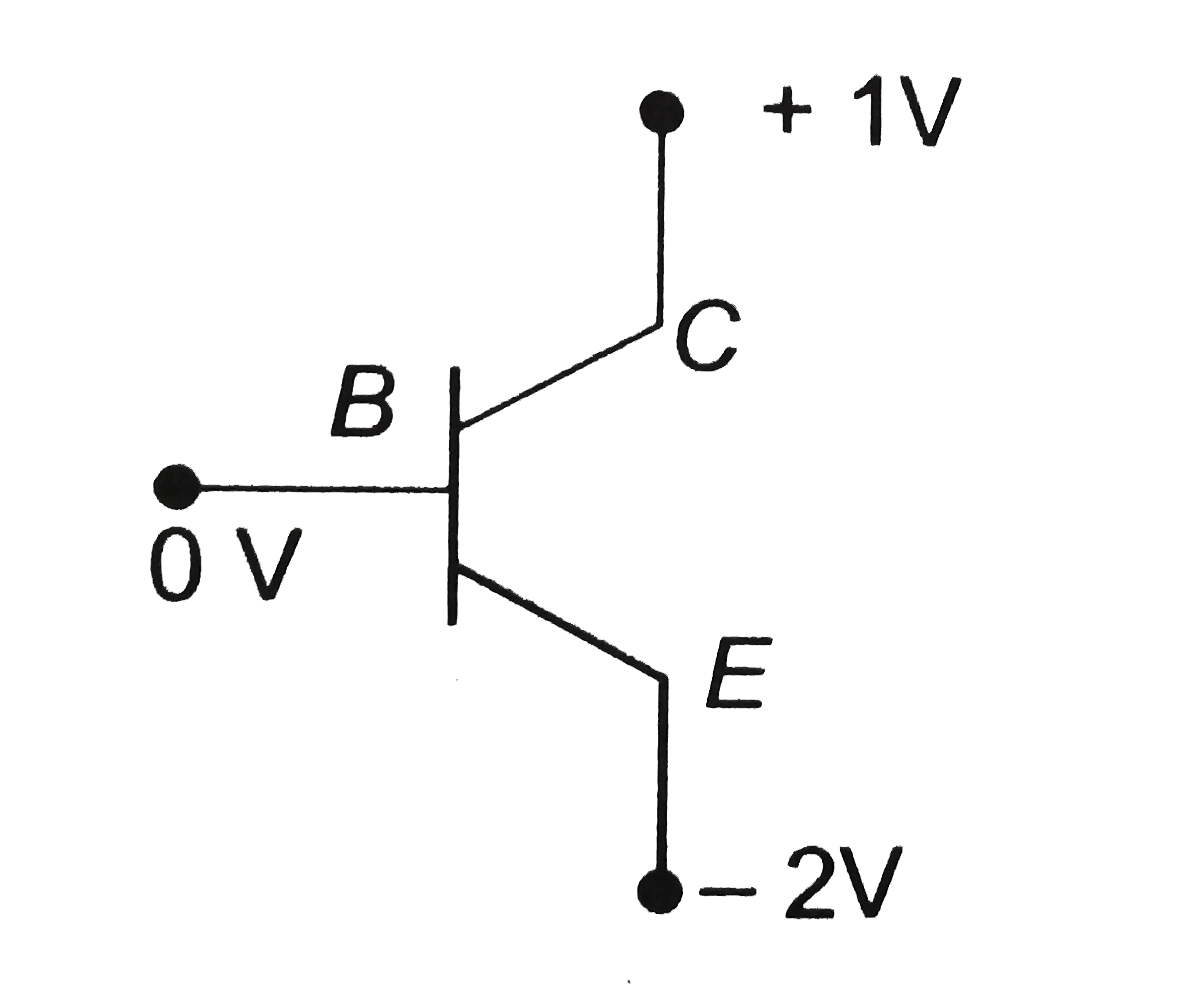In a forward biased p-n junction the current through the external wire is due to
A
Holes and electrons
B
Holes
C
Electrons
D
None of these
Text Solution
The correct Answer is:C
|
Similar Questions
Knowledge Check
In forward biasing of the p-n junction:
AThe positive terminal of the battery is connected to p-side and the depletion region becomes thinBThe positive terminal of the battery is connected to p-side and the depletion region becomes thickCThe positive terminal of the battery is connected to n-side and the depletion region becomes thinDThe positive terminal of the battery is connected to n-side and the depletion region becomes thickIn forward biasing of the p-n junction
Athe positive terminal of the battery is connected to p-side and the depletion region becomes thick.Bthe positive terminal of the battery is connected to m-side and the depletion region becomes thin.Cthe positive terminal of the battery is connected to n-side and the depletion region becomes thick.Dthe positive terminal of the battery is connected to p-side and the depletion region becomes thin.In forward biasing of the p-n junction:
AThe positive terminal of he battery is connected to p-side and the depletion region becomes thick.BThe positive terminal of the battery is connected to n-side and the depletion region becomes thin.CThe positive terminal of the battery is connected to n-side and the depletion region becomes thick.DThe positive terminal of the battery is connected to p-side and the depletion region becomes thin.
When a p-n junction diode is reverse biased
View SolutionWith forward biased mode, the p-n junction diode
View SolutionAssertion: When PN-junction is forward biased then motion of charge carriers at junction is due to diffusion. In reverse biasing. The cause of motion of charge is drifting.
Reason: In the following circuit emitter is reverse biased and collector is forward biased.

View SolutionWhen a p-n junction diode is forward biased, the flow of current across the junction is mainly.
View SolutionNo biase is applied to a P−N junction, then the current
View Solution
